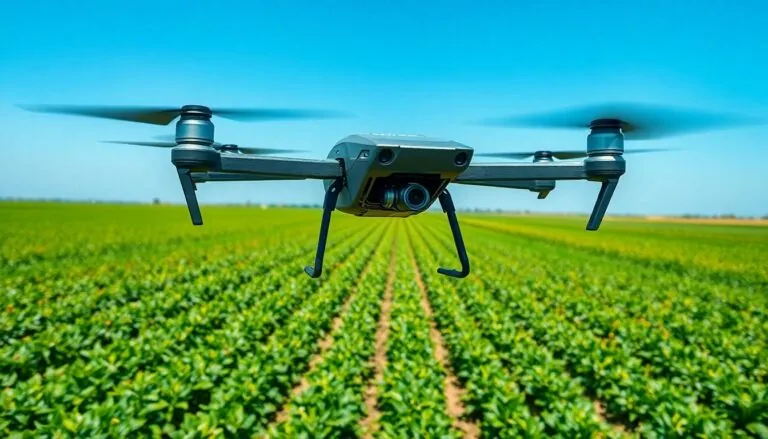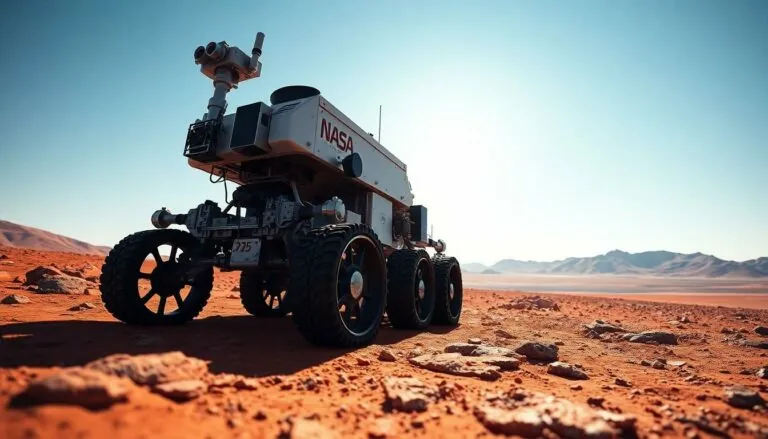Table of Contents
TogglePicture this: you’re hiking through a breathtaking national park, surrounded by towering trees and majestic wildlife. Suddenly, a drone buzzes overhead, interrupting the tranquility. It raises an important question—are drones even allowed in these natural wonders?
Overview of Drone Regulations
Drones are prohibited in most national parks across the United States. Specific regulations developed by the National Park Service aim to minimize the impact of drones on wildlife and visitors. These regulations help preserve the natural experience for hikers and protect sensitive ecosystems.
Flying a drone within park boundaries poses risks such as disturbing wildlife and disrupting the tranquility of nature. Violations of these rules can result in fines and confiscation of equipment. In 2021, the National Park Service noted over 300 documented cases of drone misuse in national parks.
Exemptions exist for specific circumstances. Permitted drone operations may include commercial photography or research activities, provided that individuals obtain special permits. Additionally, some parks may allow limited drone use during special events or under certain conditions.
All visitors should familiarize themselves with park-specific drone regulations before their visit. Each national park may enforce unique rules, and awareness can prevent inadvertent violations. Locations like Yosemite and Grand Canyon have strict policies against drone use, while others might offer designated areas for flying.
Park management prioritizes safety and conservation, ensuring visitors can enjoy natural landscapes without distractions. Understanding these regulations enhances the overall experience for everyone in the park. Keeping drones grounded supports the preservation of wildlife and the serene atmosphere that national parks are known for.
Current Federal Laws
Drones face stringent regulations in U.S. national parks due to their potential impact on both wildlife and visitors. The National Park Service (NPS) enforces specific policies ensuring the preservation of natural landscapes.
National Park Service Policies
Drone use is prohibited in most national parks, aligning with NPS policies designed to protect ecosystems and enhance visitor experiences. Exceptions exist for individuals or organizations obtaining special permits for activities like commercial photography or research. Violations may result in fines or equipment confiscation. Visitors should always check park-specific regulations to stay informed.
FAA Regulations
The Federal Aviation Administration (FAA) mandates additional airspace rules affecting drone operations. Drones must remain below 400 feet and stay clear of manned aircraft. Pilots must also register their drones if they weigh more than 0.55 pounds. Non-compliance with these regulations can lead to serious legal consequences. Understanding both NPS and FAA rules is vital for anyone looking to fly drones near or within national parks.
Impacts of Drones on Natural Resources
Drones significantly impact natural resources in national parks, affecting both wildlife and ecosystems. Regulations aim to limit these effects, ensuring the preservation of tranquility and natural beauty.
Wildlife Disruption
Drones can disturb wildlife behaviors, leading to increased stress levels among animals. Birds, for instance, may abandon nests due to drone intrusion, risking the survival of their young. Mammals often flee from drone noise, altering their natural movement patterns and foraging habits. These disruptions may result in habitat degradation, particularly in sensitive breeding areas. The National Park Service outlines these regulations to protect wildlife. Violations of drone policies can result in fines or removal from park premises, emphasizing the importance of adhering to these rules.
Environmental Concerns
Environmental concerns associated with drones extend beyond wildlife. Noise pollution generated by drones disrupts the natural soundscape, impacting the visitor experience. Additionally, drones may inadvertently introduce contaminants to the environment through fuel or battery leaks. Sensitive ecosystems, such as wetlands, face heightened risks when drone use is unchecked. Park regulations reflect the need to minimize human impact on delicate environments. Understanding these implications helps visitors appreciate the delicate balance of nature in national parks.
Popular National Parks and Drone Policies
Drone regulations vary by park, with each national park adopting specific policies to protect the natural environment and visitor experience. Understanding these regulations is crucial for responsible drone use.
Yellowstone National Park
Yellowstone prohibits drone use. The park’s expansive landscapes and diverse wildlife are vulnerable to disturbances from drones. Visitors should know that operating drones is strictly forbidden to minimize impact on wildlife, such as bison and elk. Those who violate this regulation may face fines and confiscation of equipment. Special permits are rarely issued, typically only for scientific research or authorized commercial activities, ensuring the park’s serene atmosphere remains undisturbed.
Yosemite National Park
In Yosemite, drone usage is similarly banned. This policy protects the park’s stunning vistas and unique ecosystems. Drones can negatively affect wildlife habitats, disrupting the natural behavior of animals such as bears and birds. Enforcement of these regulations is strict, with authorities actively monitoring violations. Those aiming to capture aerial footage must first seek permits, which are limited in availability. Adhering to these policies safeguards Yosemite’s breathtaking environment and enhances the overall visitor experience.
Consequences of Violating Drone Rules
Violating drone regulations in national parks can lead to significant penalties. Fines often range from $500 to $5,000, depending on the severity of the infraction. Confiscation of drones occurs when individuals fail to comply with the National Park Service (NPS) rules. Legal actions may follow, especially for repeated offenses or severe violations.
The NPS takes these violations seriously. They aim to protect both wildlife and visitor experiences. Ignoring these rules disrupts natural habitats and could lead to altered behavior in animals. For instance, nesting birds may abandon their eggs due to drone disturbances, jeopardizing their offspring’s survival.
In 2021, more than 300 documented cases of drone misuse highlight the growing concerns. Public awareness plays a crucial role in preventing such incidents. Engaging in responsible drone operation minimizes risks to nature and enhances park experiences.
Specific parks maintain particularly stringent policies. Yellowstone and Yosemite National Parks enforce absolute drone bans. Exceptions are rare, limited to authorized research activities or commercial needs. Visitors must follow these regulations to contribute to the preservation of the stunning landscapes and wildlife within these protected areas.
Understanding the consequences of violating drone rules shapes a more respectful approach to using technology in natural settings. Respecting these regulations ensures the continued beauty and tranquility of national parks for future generations. Staying informed and compliant enhances the overall enjoyment for everyone involved.
Drones pose significant challenges to the preservation of national parks. The regulations set forth by the National Park Service are designed to protect wildlife and maintain the natural beauty that visitors cherish. Understanding these rules is vital for anyone considering drone use in these protected areas.
By respecting these regulations and recognizing the potential impacts of drones on the environment, visitors can contribute to the conservation of these precious landscapes. Upholding the tranquility of national parks ensures that future generations can enjoy their serene beauty without disruption.



